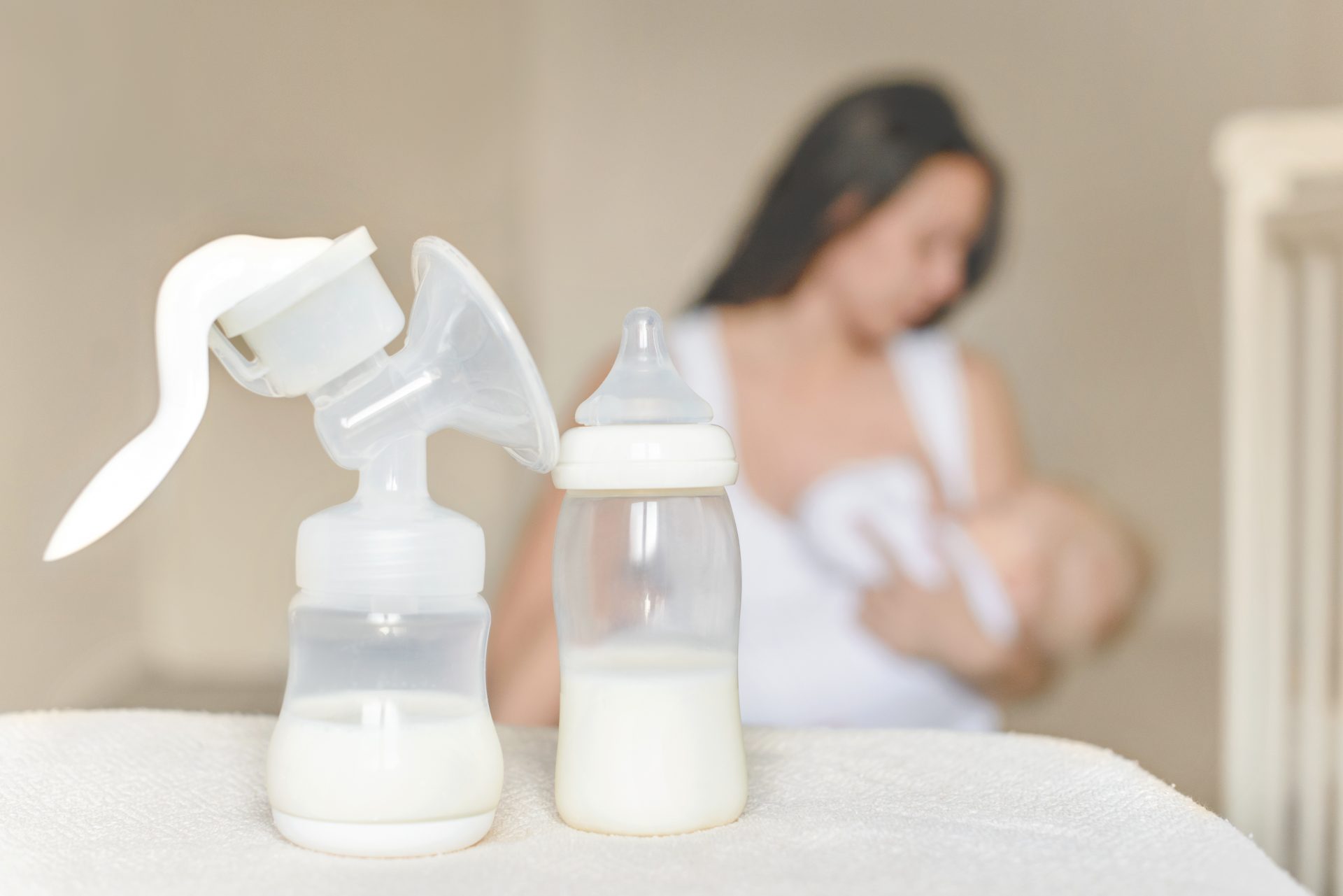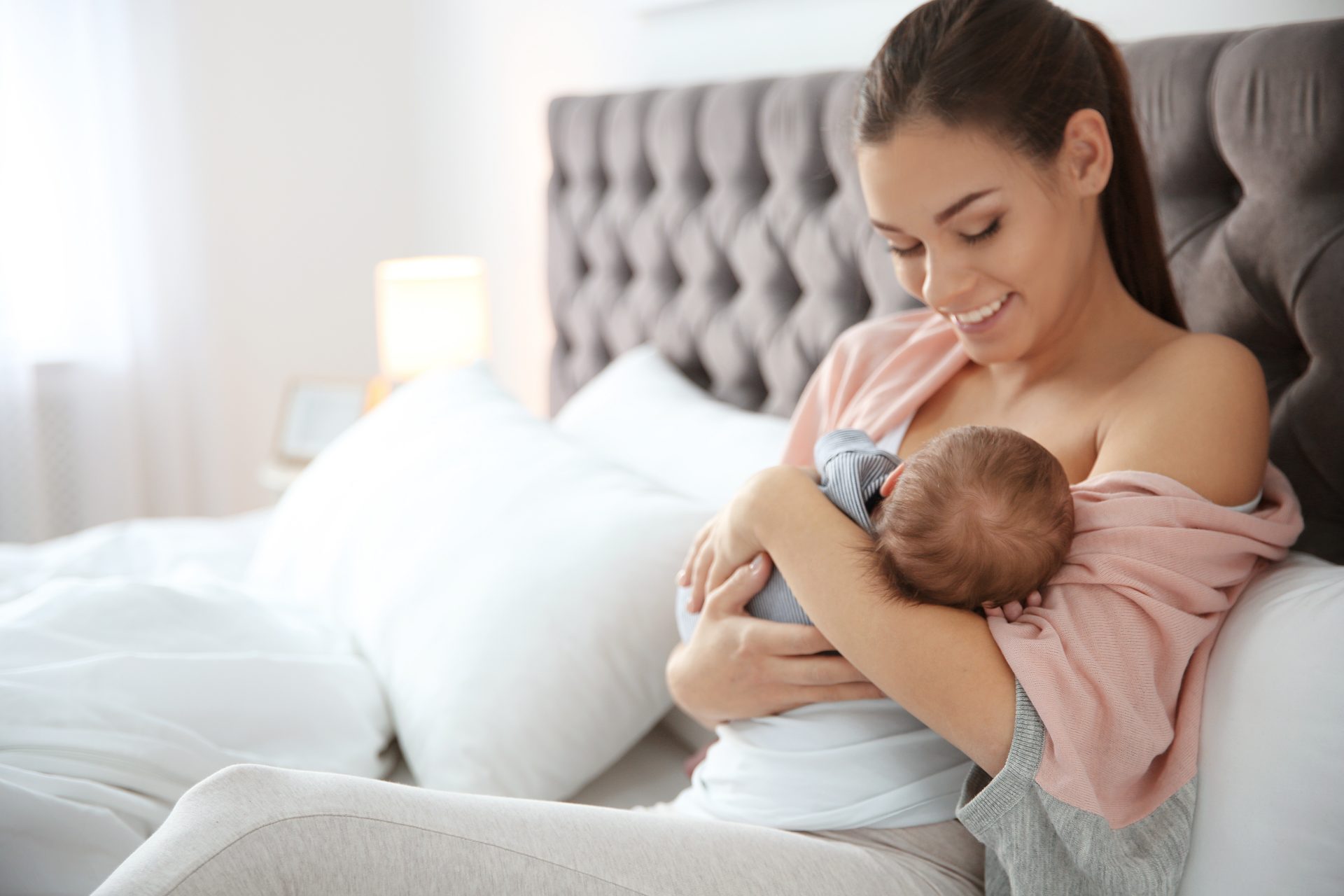Lactatation Consultation
Get Expert Lactation Help Today
One-on-one virtual or in-person breast and bottle feeding lactation support services from the comfort of your own home or at our clinic.
Meet with our International Board Certified Lactation Consultant (IBCLC) and Certified Breastfeeding Specialists (CBS) at a convenient time and in the location that makes you most comfortable!

Connect With Us!

More Milk, Less Worry
Our International Board Certified Lactation Consultant (IBCLC) and Certified Breastfeeding Specialists (CBS) provide non-judgmental and evidence-based support to you and your baby! We are ready to meet you where you are and help you get to where you want to go in your feeding journey! We want you to know that you are not alone and that, with support, we can help you get more milk and worry less!
What to Expect at Your Consult
[future]
Where do lactation consultations take place?
We provide both in-person and virtual lactation consultations. In-person sessions take place at our clinic and virtual sessions are held over Zoom. You can choose what works best for you!
What we do together in a Lactation Consult
First visits are typically 45-60 minutes to give us time for a thorough history, observing baby feeding (breast, bottle or both), and a plan of care. Included is
- A history and assessment of breastfeeding and/or bottle feeding issues by an International Board Certified Lactation Consultant and infant feeding SLP
- An assessment of latch, suck and positioning
- Breast care including mastitis, plugged ducts, blebs, thrush, engorgement, and nipple soreness
- Soothing a fussy baby
- Breastfeeding while returning to work
- Assistance with breast pumps, nipple shields and other lactation devices
- Breastfeeding education and support
- Transition from breast to bottle OR bottle to breast
- A report to send to your care provider(s) if requested
What to have at your consultation:
- YOU and your precious baby
- Any current nursing gadgets
- Any pumps and required pump parts if desired
- Preferred feeding pillows if desired
- Bottles/pacifiers
Here are some helpful tips to maximize your virtual appointment:
- Both users must have adequate internet connection
- Both users must have adequate lighting. Please keep a flashlight/light on hand for mouth assessments
- May need a second set of hands to help with positioning the device for best viewing
- It is beneficial (not necessary) for the family to have two connected devices. I.e. a computer/ipad for discussion and a phone for breast and bottle feeding/latch assessment
While virtual lactation consults are useful for many reasons, there will be times that our IBCLC must refer mom and/or baby to a local health care provider. These cases may include:
- Suspected tongue and/or lip tie or other oral malformation
- Mastitis, thrush and other breastfeeding concerns requiring treatment
- Inadequate lighting/internet connection to perform a quality online assessment
- Concerns with weight gain, jaundice and/or general well-being of your baby

Quality Lactation Support
Our International Board Certified Lactation Consultant (IBCLC) and Certified Breastfeeding Specialists (CBS) are professionals in lactation consulting who have demonstrated the necessary skills, knowledge, and attitudes to provide clinical breastfeeding consulting and management support to families who are thinking about breastfeeding or who have questions or problems during the course of breastfeeding/lactation. Our IBCLCs are also speech language pathologists who specialize in the overall safety and success of infant feeding.
BDI’s International Board Certified Lactation Consultant (IBCLC) and Certified Breastfeeding Specialists (CBS) in Supporting:

Baby
Baby’s success on the breast/bottle

Mom
Mom’s health and comfort

Family
Family support for mom & baby

Pumping
Preparing for and maximizing pumping

Tummy
Reflux, Spit-up, Vomiting Support

Position & Latch
Finding the perfect position and latch
Lactation Professionals Areas of Expertise
- Latching
- Milk Supply
- Breast and Nipple Soreness
- Weight Concerns
- Supplementation
- Pain or Breast Damage
- Plugged Milk Ducts
- Engorgement
- Breast/Bottle Feeding
- Mastitis
- Reflux, Spitting-up and/or Vomiting
- Induced or Relactation
- Feeding Techniques and Positions
- Weaning
- Transition to Bottle-Feeding from Breast
- Transition to Breast Feeding from Bottle
- Pumping
- Back-to-Work Plan
- Oral Motor Restrictions
- Tongue/Lip Tie
- Tandem Breastfeeding

Amy Stumpf, MS, CCC-SLP/L, IBCLC
International Board Certified Lactation Consultant (IBCLC) & Speech Language Pathologist
Amy is a speech therapist who specializes in feeding, orofacial development, tethered oral tissues, and lactation consulting. She absolutely loves coming alongside families and supporting them and their babies during their feeding journey’s in infancy. Amy will never be finished learning and is constantly humbled by the lessons she takes away from each family she has the pleasure of consulting!

Ms. Kristen, MS, CCC-SLP/L, CBS
Certified Breastfeeding Specialist (CBS) & Speech Language Pathologist
Kristen is a Speech-Language Pathologist at BDI Playhouse who specializes in orofacial myofunctional disorders and is a Certified Breastfeeding Specialist (CBS). Troubleshooting feeding challenges with families so that they can raise happy, healthy eaters is among the most rewarding work she has had the pleasure of doing thus far in her career! Kristen is honored to be a part of your family’s feeding journey.

Ms. Alison, MS, CCC-SLP/L, CBS
Certified Breastfeeding Specialists (CBS) & Speech Language Pathologist

Connect With Us!
For more milk and less worry
- Find and reserve a time that works for you.
- Meet with your IBCLC or CBS!









